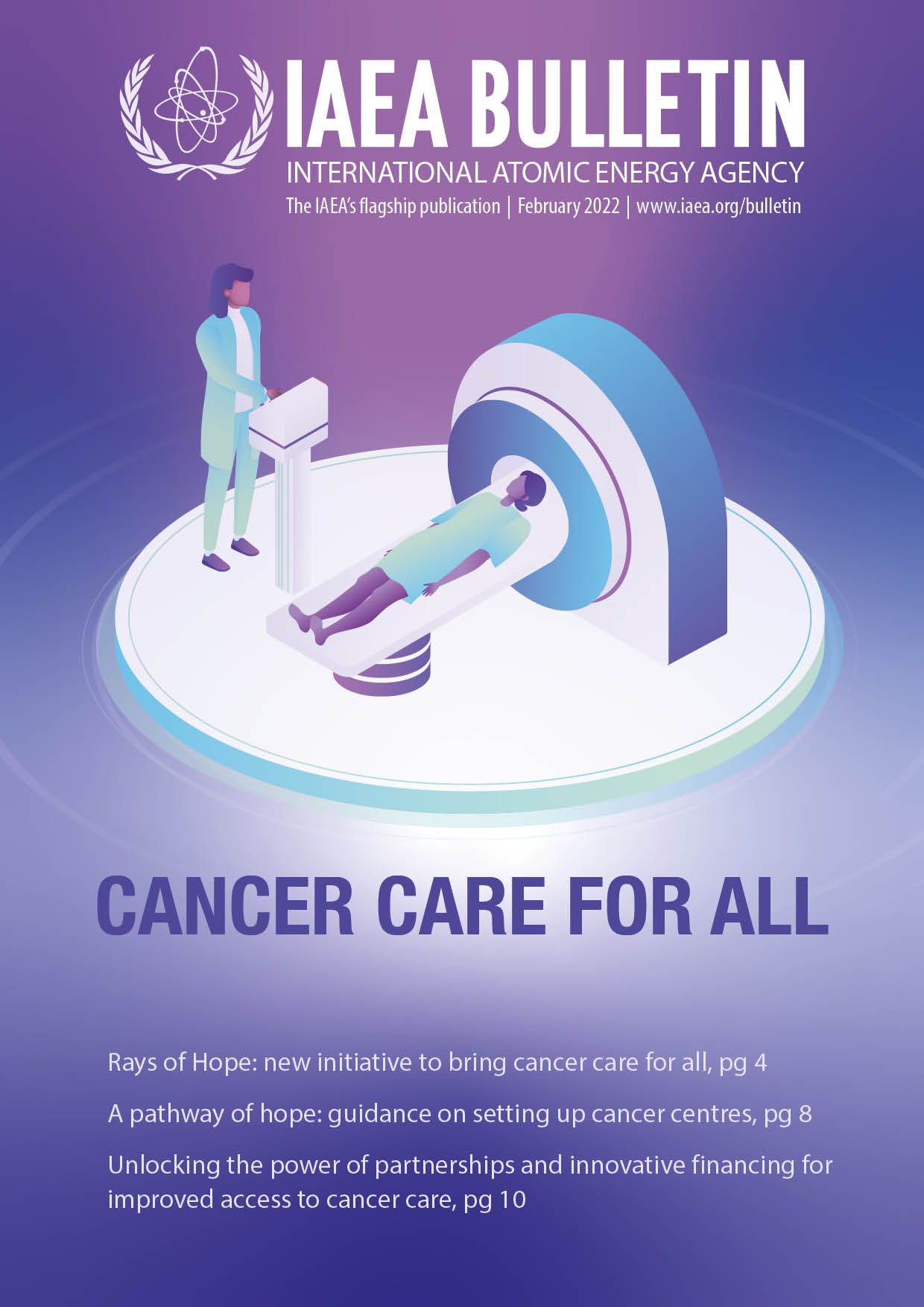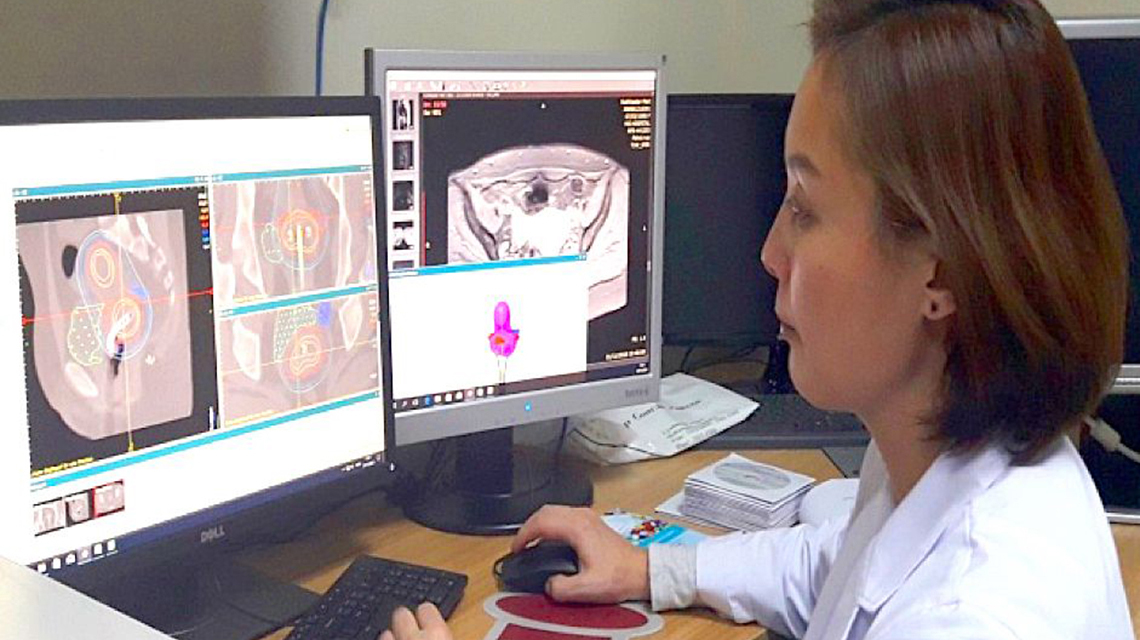“Cancer accounts for more than a quarter of all deaths,” explains Uranchimeg Tsegmid, Head of Non-Surgical Oncology at the National Cancer Centre, a busy hospital in Ulaanbaatar. Every year, her hospital receives thousands of patients from across Mongolia seeking diagnosis and treatment for cancer — the country’s second leading cause of death, according to the United Nations Interagency Task Force on the Prevention and Control of Non-communicable Diseases. Mongolia is now tackling the problem head on.
In 2020 alone, health officials in Mongolia reported more than 5700 new cases of cancer, of which nearly half were diagnosed in women. This country of 3 million reported 334 new cervical cancer cases in 2020 and lost 1943 women to cancer in total.
Since 2014, a series of IAEA technical cooperation projects has helped expand the scope and scale of the National Cancer Centre’s services and enhanced their accuracy and quality. With the commissioning of a new treatment planning system last year and the introduction of advanced cancer treatment modalities over the past three years, hopes are now high that cervical, breast and other common women’s cancers will be diagnosed at earlier stages and treated with greater effectiveness, ultimately improving patient outcomes, Tsegmid said.
As part of an ongoing project, radiation oncologists, medical physicists and radiation technicians operating linear accelerators installed in the Radiation Oncology Department at the National Cancer Centre have been trained at the University Hospital of Giessen and Marburg in Germany, Hiroshima University Hospital in Japan and the Korea Institute of Radiological and Medical Sciences (KIRAMS) in Seoul.
As a result of the project, in 2018, computed tomography (CT)-based 3D brachytherapy was officially introduced to provide effective radiation treatment for cervical cancer, with minimal side effects for normal, healthy organs and tissue. Since then, over 200 cervical cancer patients have received brachytherapy per year in Mongolia.
The IAEA provided expert guidance and training to facilitate the introduction of 3D conformal radiotherapy (3D-CRT), a tailored treatment method that allows clinicians to shape radiation beams to match the shape of a tumour. “The first 3D-CRT procedure was delivered in June 2019,” said Tsegmid, “and, currently, more than 98 per cent of all patients can undergo and benefit from 3D-CRT.”

